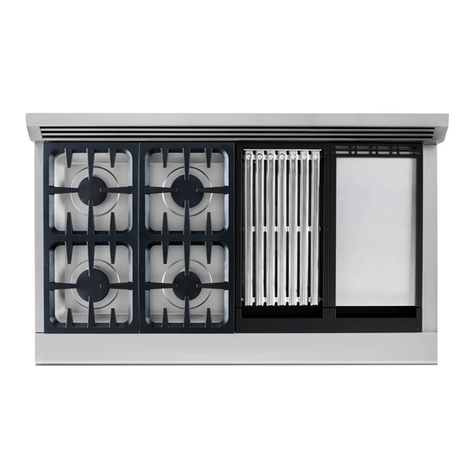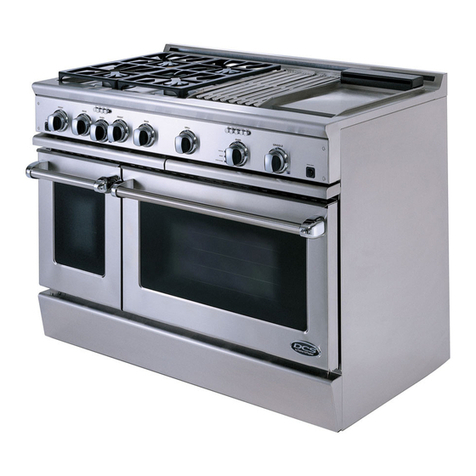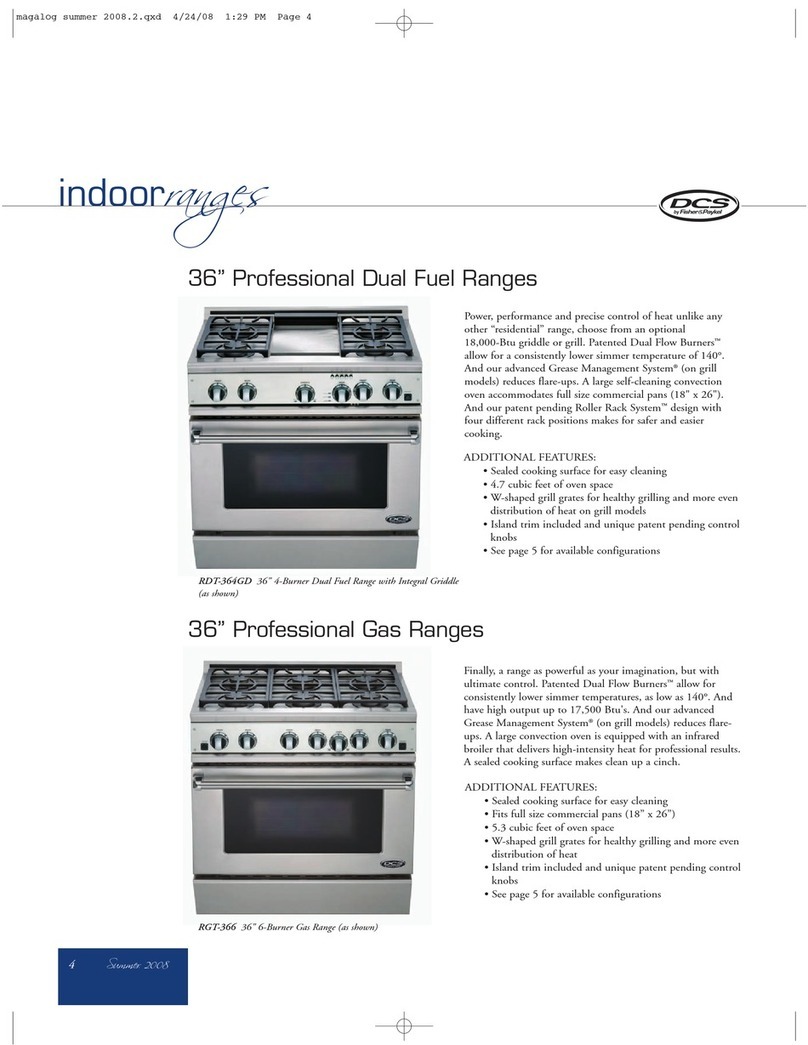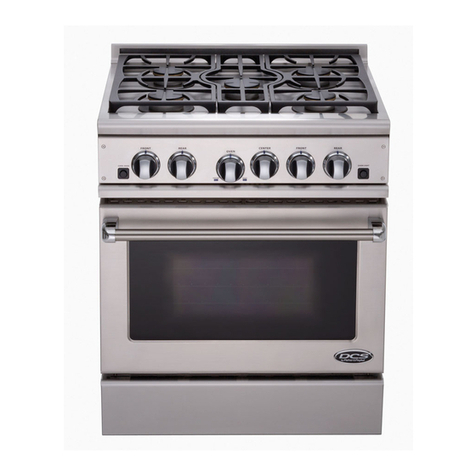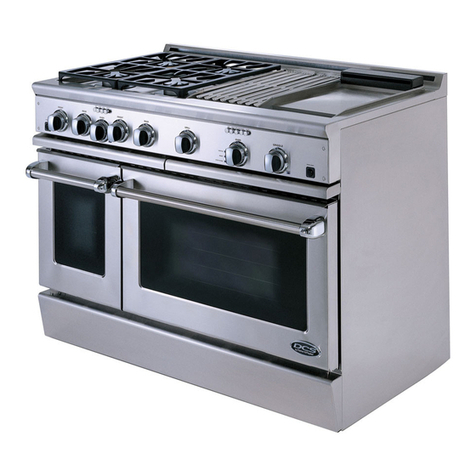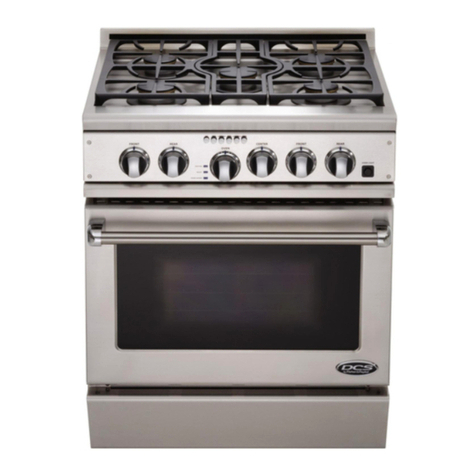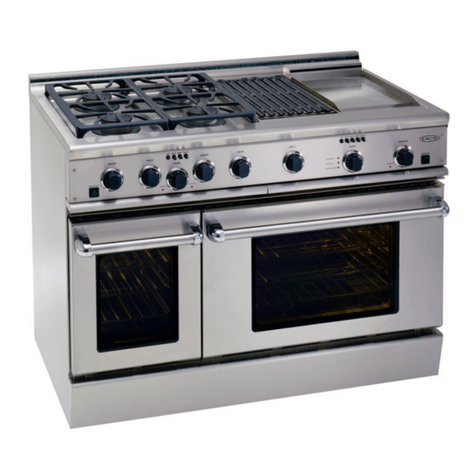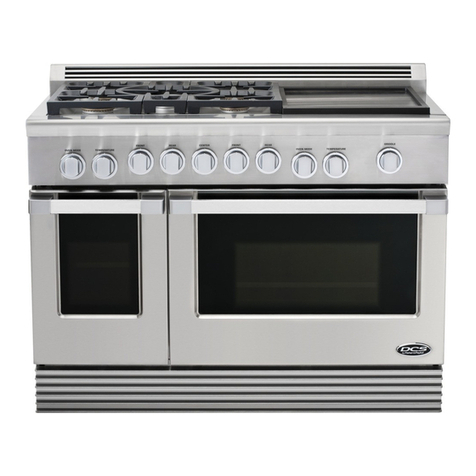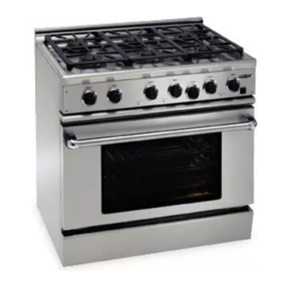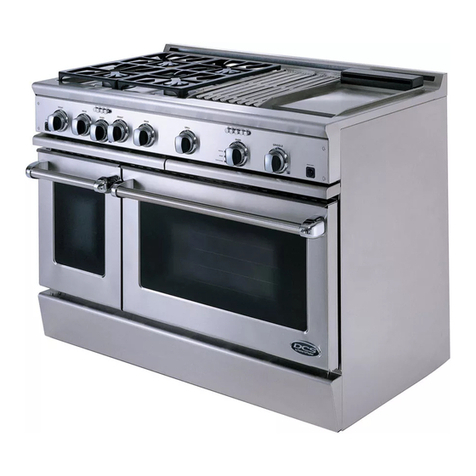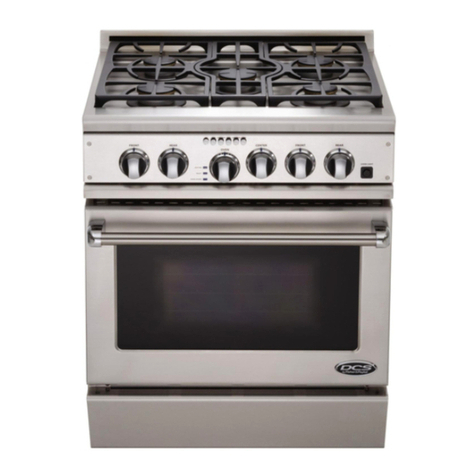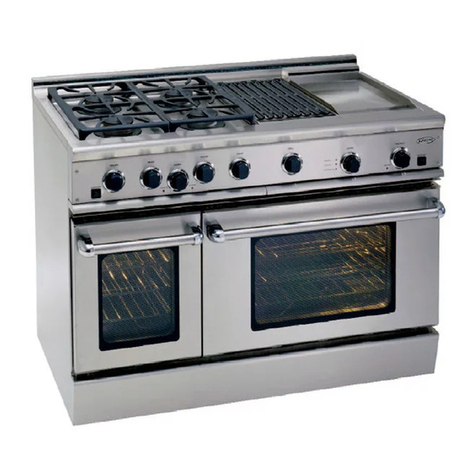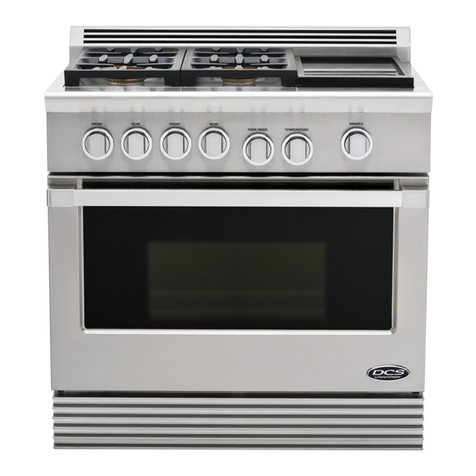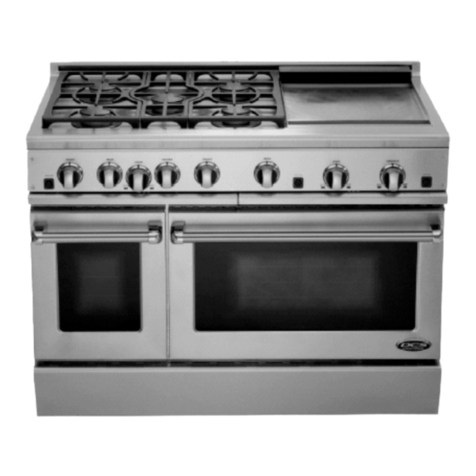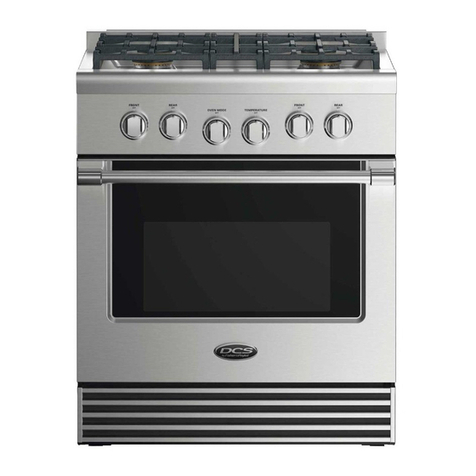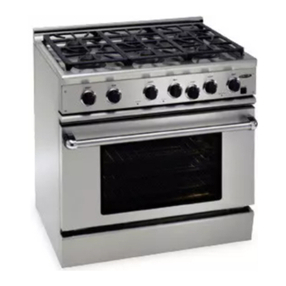SAFETY PRACTICESTO AVOID PERSONAL INJURY
[] Never let clothing, pot holders, or other flammable materials come in contact with, or too dose
to, any burner or burner grate until it has cooled. Fabric may ignite and result in persona[ injury.
[] Be certain to use only dry pot holders," moist or damp pot hoHders on hot surfaces may cause
burns from steam. Do not use a towe[ or other buHky c[oth in pHaceof pot hoHders. Do not [et pot
hoHders touch hot burners, or burner grates.
[] For persona[ safety, wear proper apparel, Loose fitting garments or hanging sHeeves shouHd
never be worn while using this appHhnce. Some synthetic fabrics are highHy flammabHe and
should not be worn while cooking.
[] Do not use aluminum foil to line any part of the oven or cooktop. Using afoil liner could result
in a fire hazard, or the obstruction of the flow of combustion and ventilation air. Foil is an
excellent heat insulator and heat will be trapped underneath it.This trapped heat can upset the
cooking performance and can damage the finish of the oven or the cooktop parts.
WARNING:
This appliance is for cooking. Based on safety considerations, never use the
oven or cooktop to warm or heat aroom. Also, such use can damage the
cooktop or oven parts.
[] When using the cooktop: Do not touch the burner grates or the immediate surrounding
area, Areas adiacent to the burners may become hot enough to cause burns.
[] When using the oven: Do not touch the interior surfaces of the oven, the exterior area
immediately surrounding the door or the back trim, The surfaces directly above the oven
door may be hot if the oven has been operated with the door open, or if something has
prevented the door from sealing.
[] Never leave the ¢ooktop unattended when using high flame settings. Boil overs cause
smoking and greasy spill overs may ignite. More importantly, if the burner flames are
smothered by a severe boil over which effects the igniter, unburned gas will escape into the
room. See page 1.
[] Only certain types of glass, heat-proof glass-ceramk, ceramic, earthen ware, or other
glazed utensils are suitable for ¢ooktop use, This type of utensil may break with sudden
temperature changes. Use only on low or medium flames settings according to the
manufacturer's directions.
[]
[]
[]
Do not heat unopened food containers; a build up of pressure may cause the container to
burst.
During cooking, set the burner control so that the flame heats only the bottom of the pan
and does not extend beyond the bottom of the pan.This could heat and/or melt the handles.
Always use utensils that have flat bottoms large enough to cover the burner, The use of
undersized utensils will expose a portion of the flame to direct contact and may result in
ignition of clothing.
To minimize burns, ignition of flammable materials and unintentional spill overs, position
handles of utensils inward so they do not extend over adjacent work areas, cooking areas, or
the edge of the cooktop.






